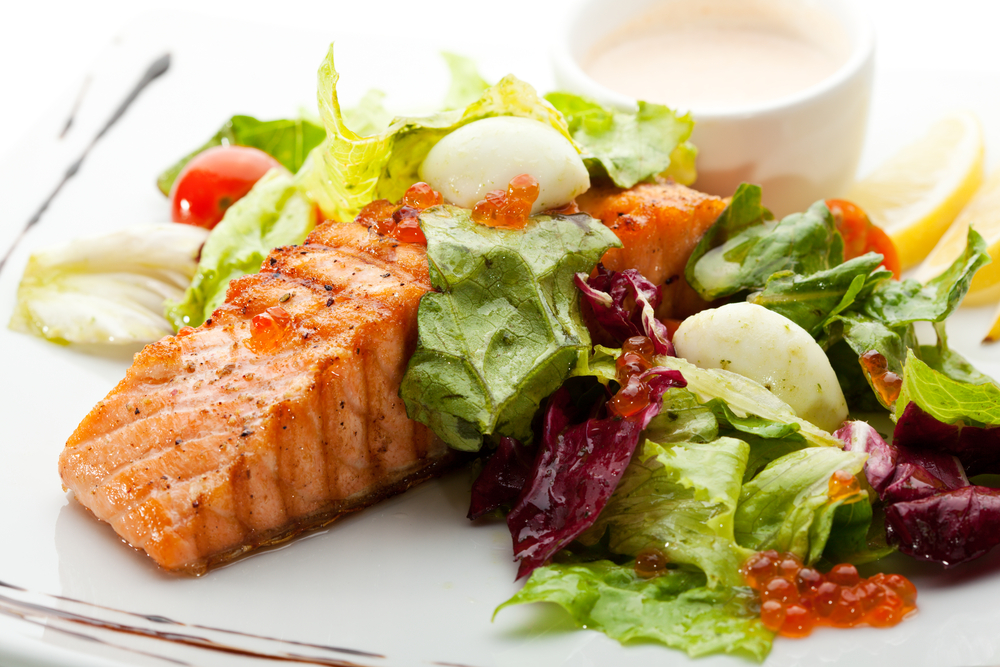I have a secret diet that works for all children and families to ensure a healthy balance of fruits, vegetables, grains and proteins. It’s called: Reality.
The reality is that healthy food options exist nearly everywhere now. From pre-cut fruits and vegetables at the supermarket to kids’ menus featuring salmon and broccoli, nutritious foods abound. However, the reality is also that birthday parties, afternoons with grandma and the snack food aisle of Costco also exist.
Bridging both realities – knowing when to say “yes” to treats and when to hold firm to healthier choices – will help cut down on “food fights” between parents and kids and teach children how to make sound choices for life.
Eating a healthy meal around the dinner table together is key to securing a healthy diet, but what about outside the home? There is only so much you can control as a parent, so take ownership of those things. For example, when you’re staring into the gaping maw of an empty lunchbox, try to fill it with foods that come from a farm, not a factory. Limit the amount of ultra-processed foods and stuff that lunchbox with more natural, whole-food options. Kids will learn to eat the healthier foods (no, really).
For parents of toddlers, keep in mind that the word “No” is a natural part of their development. Sometimes foods need to be offered eight to 10 times before they will eat it. Let the radishes or kale sit on the plate without arguing about it. Eventually those veggies will make their way into your curious kid’s mouth (after all, everything else does).
To hasten the process, consider asking your toddler to help you plant some veggies in the backyard or in a community garden. When they have hands-on experience with the gardening, shopping or cooking of foods, they become more interested in eating them. My son, who is not in love with vegetables, tends to be more adventurous when he’s had a hand in growing or preparing a meal.
It also helps to limit what you have in the house. If there are no chips and soda in your house, your kid can’t have any chips or soda. That’s not to say that I don’t think there is a place for “junk” on the plate. The USDA has revamped its classic food pyramid. It is now a plate that features fruits, vegetables, grains and protein, with a small allotment for dairy and absolutely no room for processed sugar.
This makes sense. Processed sugar is associated with cardiovascular disease, diabetes, obesity and cancer. But it is also spun into perfectly pink cotton candy at the count fair and mixed into the cupcakes that grandma just baked.
Going too far in limiting processed sugar could backfire. While I don’t believe in desserts every night or in using food as a reward, sweets are a part of life. And helping kids learn to navigate when to say yes is an important lesson. If they’re sneaking sweets because you have a no-sugar policy, they learn to associate food with guilt – and they’re still eating the sweets!
Kids are smart. They listen to what we say and what we do. It may not appear that way, but down the line what they see us eat and serve to them and what they hear us say about food helps shape their eating habits for life. So if we model good eating for them, fill their plates with healthy options and help them learn when that occasional treat is warranted, they’ll grow up to be healthy eaters.
That’s just the reality.
Dr. Terra Safer is a pediatrician and internal medicine physician based in Newport Beach



